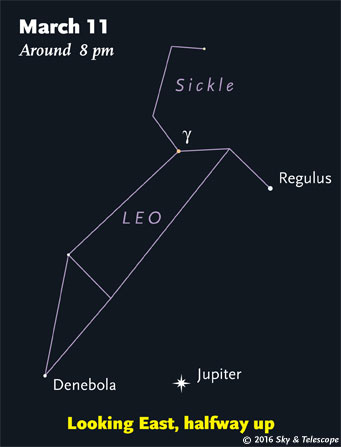
Friday, March 11
• Just after dark, look for the waxing crescent Moon low in the west. Upper right of the Moon by about 14° are the leading stars of Aries. The brightest is 2nd-magnitude Hamal.
Upper left of the Moon by about the same distance (depending where you are) is 2.5-magnitude Menkar, Alpha Ceti.
Saturday, March 12
• The crescent Moon in the west shines below the Pleiades and Aldebaran.
• Catch Algol at its minimum light, magnitude 3.4 instead of its usual 2.1, for a couple hours centered on about 9:25 p.m. EST.
• Daylight-saving time begins at 2 a.m. Sunday morning for most of North America. Clocks spring ahead.
Sunday, March 13
• As dusk turns to night, look upper right of the Moon for the Pleiades and upper left of the Moon for orange Aldebaran.
Monday, March 14
• Aldebaran now shines to the lower right of the Moon. Every day, the Moon moves eastward along its orbit by about 15°.
• Double shadow on Jupiter tonight. Io and Europa are both casting their tiny black shadows onto Jupiter from 10:22 p.m. to 12:34 a.m. EDT; 7:22 to 9:34 p.m. PDT. Jupiter's Great Red Spot rotates into view during this time; it reaches the planet's central meridian around 12:49 a.m. EDT.
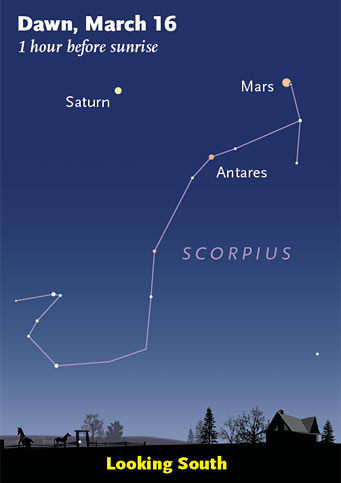
Tuesday, March 15
• First-quarter Moon (exactly so at 1:03 p.m. EDT). This evening the Moon shines in the dim Club of Orion, above the bright stars of Orion's body.
• Before dawn brightens on Wednesday morning, look south for Scorpius. Mars will seem (at first glance) to have replaced Beta Scorpii, as shown at right. It's as if the top star of the Scorpius's familiar head has flared up to be ten times brighter!
Wednesday, March 16
• Mid-March is when Sirius blazes mid-south (on the meridian) in mid-twilight. As more stars come out, piece together more of its constellation, Canis Major.
A real challenge for a 10-inch or larger telescope is Sirius B, the famous white-dwarf companion of Sirius. It's only 1/10,000 as bright! But it's less difficult now than in the last couple of decades, having widened to 10.6 arcseconds east-northeast of Sirius A. (Their maximum separation will be 11.3 arcseconds in 2022.) Practice on Rigel, which outshines a companion star of its own by a mere 1,000 times. Rigel's companion is 9.5 arcseconds to its south-southwest.
Thursday, March 17
• The waxing gibbous Moon this evening shines more or less between Pollux and Castor above it and Procyon below it.
Friday, March 18
• This is the time of year when Orion declines in the southwest after dark, with his Belt roughly horizontal. But when does Orion's Belt appear exactly horizontal? That depends on where you're located east-west in your time zone, and on your latitude. How accurately can you time this event? If you're near your time zone's standard longitude, expect it around 9:15 this evening (daylight-saving time). . . more or less.
Saturday, March 19
• Look lower left of the Moon this evening for Regulus. The Sickle of Leo, a backward question mark, extends upper left from there. Much farther lower left shines bright Jupiter.
__________________________
Want to become a better astronomer? Learn your way around the constellations. They're the key to locating everything fainter and deeper to hunt with binoculars or a telescope.
This is an outdoor nature hobby. For an easy-to-use constellation guide covering the whole evening sky, use the big monthly map in the center of each issue of Sky & Telescope, the essential guide to astronomy.
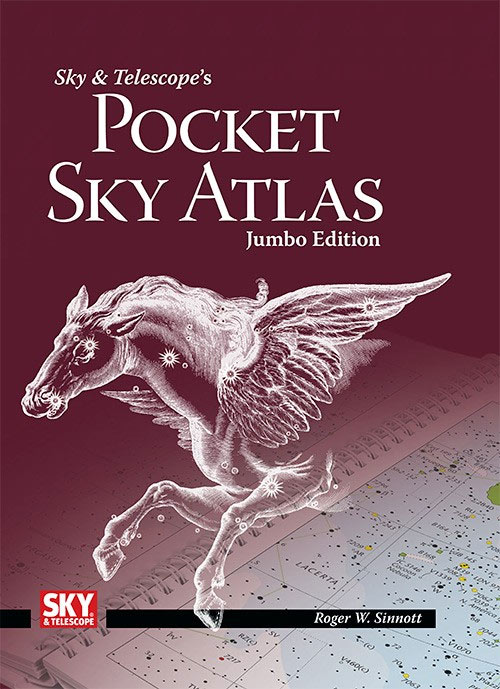
Once you get a telescope, to put it to good use you'll need a detailed, large-scale sky atlas (set of charts). The basic standard is the Pocket Sky Atlas (in either the original or new Jumbo Edition), which shows stars to magnitude 7.6.
Next up is the larger and deeper Sky Atlas 2000.0, plotting stars to magnitude 8.5, nearly three times as many. Next up, once you know your way around, is the even larger Uranometria 2000.0 (stars to magnitude 9.75). And read how to use sky charts with a telescope.
You'll also want a good deep-sky guidebook, such as Sue French's Deep-Sky Wonders collection (which includes its own charts), Sky Atlas 2000.0 Companion by Strong and Sinnott, or the bigger Night Sky Observer's Guide by Kepple and Sanner.
Can a computerized telescope replace charts? Not for beginners, I don't think, and not on mounts and tripods that are less than top-quality mechanically (meaning heavy and expensive). As Terence Dickinson and Alan Dyer say in their Backyard Astronomer's Guide, "A full appreciation of the universe cannot come without developing the skills to find things in the sky and understanding how the sky works. This knowledge comes only by spending time under the stars with star maps in hand."
This Week's Planet Roundup
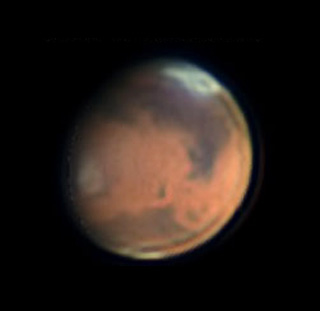
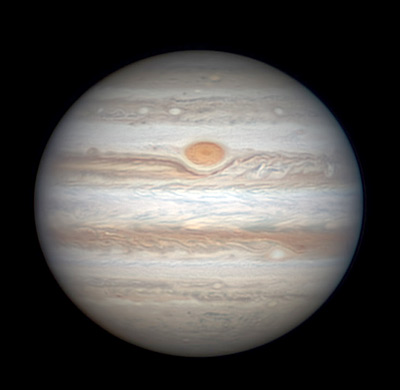
Mercury is hidden in the glare of the Sun.
Venus (magnitude –3.8) is just barely above the east-southeast horizon 20 minutes before sunrise. Binoculars help. Good luck.
Mars (about magnitude 0.0, at the head of Scorpius), rises around midnight. By early dawn it glows yellow-orange in the south, to the right of Saturn. In a telescope Mars is about 9.7 arcseconds in diameter — big enough now to show surface features in a high-quality 3-inch scope at high power during spells of good seeing.
Jupiter (magnitude –2.5, near the hind foot of Leo) is just past opposition. It shines low in the east as twilight fades, higher in the southeast after dark, and highest in the south by midnight. It sets in the west before sunrise. See our telescopic guide to Jupiter and the doings of its four big moons in the March Sky & Telescope, page 48.
Saturn (magnitude +0.4, in the legs of Ophiuchus) rises around midnight or 1 a.m. lower left of Mars. By early dawn it glows in the south to Mars's left. This week the two planets are 12° or 13° apart. They form a triangle with Mars-colored Antares below them at dawn.
Uranus and Neptune are hidden in the glare of the Sun.
__________________________
All descriptions that relate to your horizon — including the words up, down, right, and left — are written for the world's mid-northern latitudes. Descriptions that also depend on longitude (mainly Moon positions) are for North America.
Eastern Standard Time (EST) is Universal Time (UT, UTC, or GMT) minus 5 hours.
__________________________
“This adventure is made possible by generations of searchers strictly adhering to a simple set of rules. Test ideas by experiments and observations. Build on those ideas that pass the test. Reject the ones that fail. Follow the evidence wherever it leads, and question everything. Accept these terms, and the cosmos is yours.”
— Neil deGrasse Tyson
 0
0








Comments
You must be logged in to post a comment.